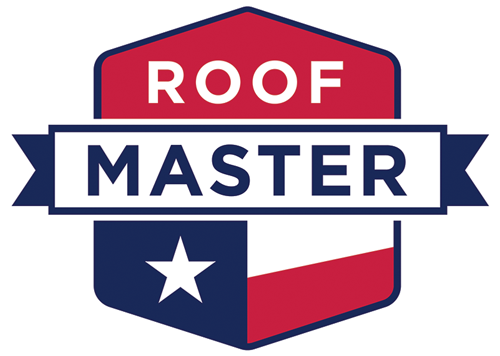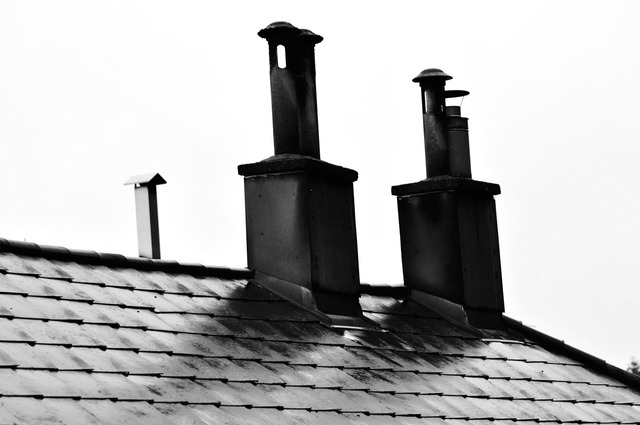Learning how to install 3 tab shingles should likely be one of the first courses in a new roofer’s curriculum. These shingles have three asphalt tabs on every piece, which gives them their name. Some also refer to them as fiberglass or composite shingles, and they are excellent for energy efficiency.
Since the shingle has three layers of asphalt on every tab, they are long-lasting and require minimal repairs. However, the homeowner has to ensure proper installation for the roof to last long. With our installation guide, your shingles can last for up to 40 years!
This article will mention everything you need to install these shingles and the installation process. However, it’s best to hire a qualified installer for this job since these are quite different from wood and metal roofing. Professionals can apply their expertise and install the shingles properly to protect the roof from leaks.
Without further ado, let us get started.
Things You Need To Install 3 Tab Shingle
Before starting any work, you should ensure you have a nail gun, measuring tape, roofing ratchet, framing square, chalk line, pry bar, utility knife, straightedge, and a caulking gun. Any installation professional you hire will come prepared with these tools, so you won’t need to purchase them beforehand.
However, the materials you’ll usually need to provide yourself for the roof installation are the 3-tab shingles, roofing nails that are long enough to penetrate the sheathing, roofing cement, flashings, and caulk. The roofer will instruct on the quantity for each material depending on the size of your roof.
How to Install 3 Tab Shingles on a Roof
The fixing process is easy once you have all the 3 Tab shingle installation requirements. However, consider hiring a professional installer if you have a steep roof. Here’s a step by step breakdown of the process:
- Prepare the Working Space
You first need to ensure that your roof is clear and get all the required materials near. Remember, don’t bring the shingles on the roof right from the start. You might feel like you’re saving yourself an extra trip up and down the ladder, but your shingles can easily slide off the roof when cleaning up, especially if you have a steep roof.
Once the roof is ready to work on, bring up the shingles. It’s a good idea to spread them out evenly on the roof for easy reach. You can also stack them on the ridge in a way that protects them from sliding off the top of the roof.
- Draw Lines
Draw lines above the starter, which has its bottom flush with waterproof shingle underlayment. These lines will enable you to keep your courses straight. Also, remember that snap lines should match the shingle reveal.
- Lay a Starter Strip
Starter shingles are made from asphaltic material, and installers mostly fix them, turned up, at the edge of the roof before installing the main shingles. Make use of a straightedge to cut the shingles to the size of your liking.
- Erect the Starter Strip
Lay the starter shingles upside down so that the self-seal strip is near the bottom. You should also take care that the top of your shingle aligns with the chalk line, and the base flushes together with the roof’s underlayment.
- Attach the Starter Shingle
If you install the starter shingle correctly, you’ve also understood how to install 3 tab roofing shingles. Continue by using three nails along the shingle’s top edge. Remember to fasten the top edge to cover the nail heads to avoid exposure and increase curb appeal.
- Make Shingle Adjustments
Always adjust the position of the shingles as needed when installing. It will enable you to avoid a narrow strip tab along with one of the rakes. Proper adjustments will also prevent water leaks in the future by ensuring there is minimal spacing.
- Attach and Align the Shingles
When installing the shingles, it is essential to align them on the outline before placing them on the roof. Drive ½ inch nails into the roof and squeeze and bounce the tip on the edge of the nail if you are using a power nailer.
- Plan a Layout
Ensure that shingles align properly by erecting them along the lines in an alternating pattern. Use a framing square to ensure that the lines are parallel with the smooth ends. You can use the factory edge of half plywood as a guide.
- Install the First Courses
Using alternating patterns, install the first four or five courses of your shingles. Ensure that the shingles properly align with the consistent reveals. Also, you need to lift the outermost ends of the shingles before drying the nails, so ensure you do so first.
- Adjust and Install the Shingles
When installing the shingles, you might come across pipes. Use the utility knife to cut out the rubber flange over the tubes. Also, remember to apply roof cement later to avoid future leaks on your roof.
- Installing Shingles at the Hips and Peaks
Installing the shingles at the peak or hip can be challenging. When you get there, first shingle up one side and then cut the shingle from below the ridges. Continue by fixing the shingles on the other side and letting these pieces overlap the ridge.
- Cut and Install Ridge Caps
Turn shingles upside down and carefully cut them. Bend and break the shingle after making the cut line on the back potion. Now prepare the ridges by snapping the chalk lines. When installing ridge cups, look for the lines and fix the caps along those lines.
To be efficient, start with the middle of the ridge. You can install the first shingle at the center as you move to the other end. Look for the areas where the ridge caps meet and install a wide strip.
- Cover the Underlayment
Underlayment helps in sound absorption and insulation and prevents wear and tear from your roof. Once you fix it, cover its parts to prevent UV rays and water damage. Also, ensure you do an annual roof inspection to repair any damages.
- Stay Safe
Your safety should always come first. If you are working on a steep slope roof, wear protective gear to avoid sliding, and also remember that you can also install roof jacks and planks to keep you stable and safe.
Final Words
To avoid mistakes in shingle installation that can lead to roof problems like water leaks and damages, it’s best to contact professionals to do this for you. However, if you’re looking to take on a 3 tab shingle installation as a DIY project, you should now have a good idea of how the process works.



